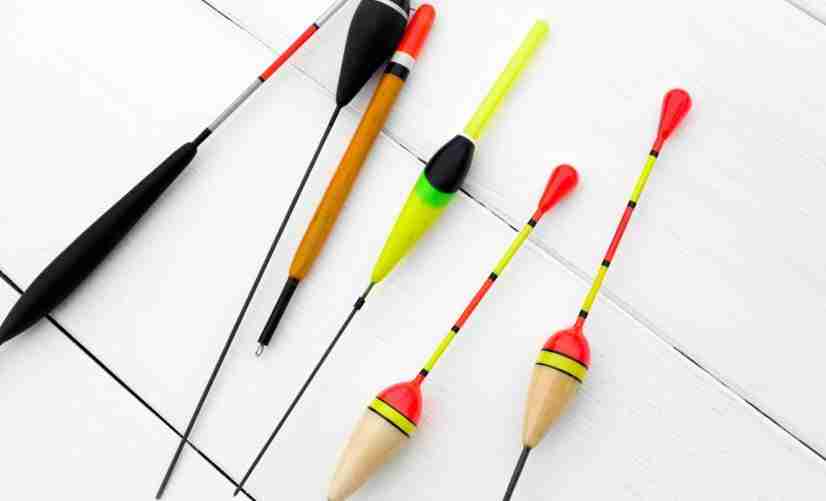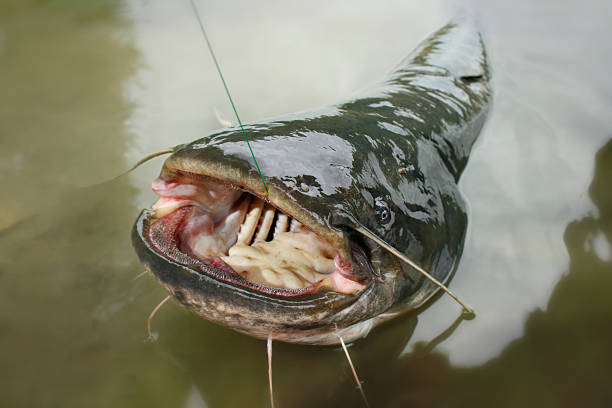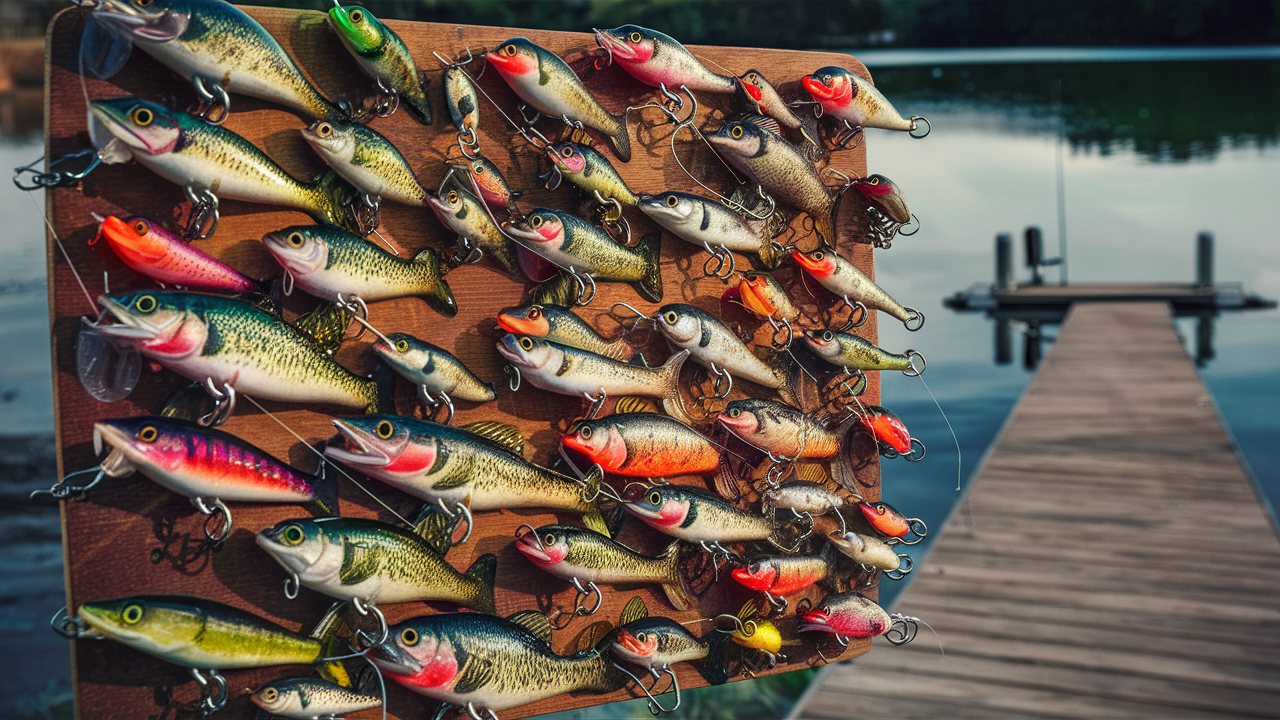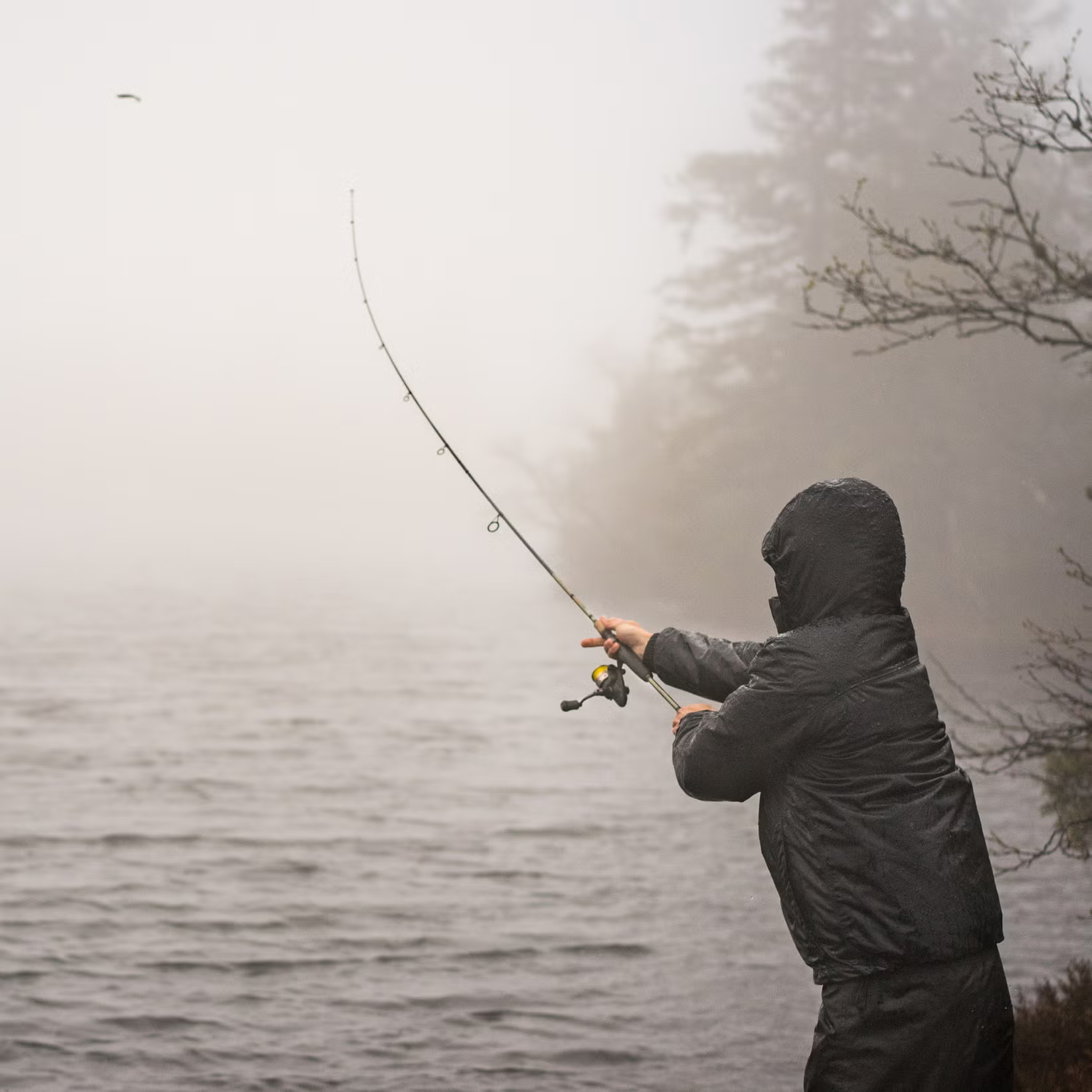
How to Fish in Windy Conditions

6 min read
Wind. Every angler’s nemesis, right? You check the weather app, see those gusts hitting 20+ mph, and suddenly that fishing trip doesn’t seem so appealing. But here’s the thing – while most folks are packing up their gear, savvy anglers know that windy conditions can actually fire up the bite like nothing else.
Yeah, it’s frustrating when your cast lands 30 feet from where you aimed, but wind isn’t just an obstacle to overcome. It’s a tool you can use to catch more fish if you know how to work with it instead of fighting against it.
Why Fish Actually Love Windy Weather
Before we get into techniques, let’s talk about why wind can be your friend. When that breeze kicks up, it does something magical underwater – it creates current. Even in lakes and ponds that are usually still as glass, wind-driven current gets baitfish moving and predators fired up.
The surface chop also breaks up that mirror-like reflection that makes fish skittish in calm conditions. They can’t see you as clearly, which means they’re less likely to spook when you’re working a shoreline. Plus, wind pushes zooplankton and small baitfish toward windblown banks, creating natural feeding zones that bass, pike, and other predators can’t resist.
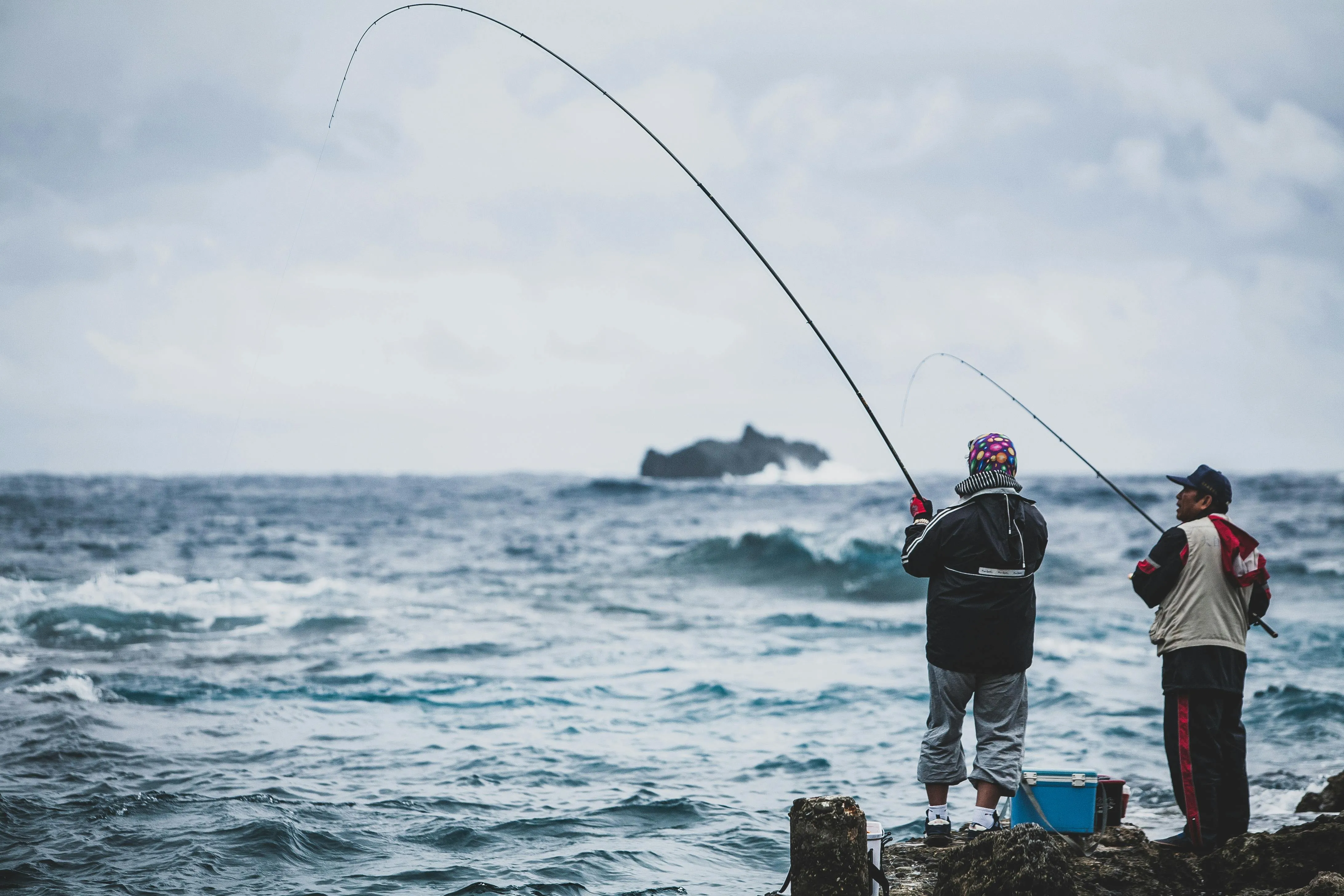
Mastering the Art of Wind Casting
Let’s be honest – casting in wind sucks when you don’t know what you’re doing. But with a few adjustments, you can maintain accuracy even when it’s blowing like crazy.
First, lower your trajectory. Those high, arcing casts that look pretty in calm conditions become sail-catching disasters in wind. Keep your rod tip lower on the forward cast and drive the lure forward with authority. Think line drive, not pop fly.
Sidearm casts become your best friend. Instead of casting overhead, swing that rod parallel to the water. The lower angle keeps your lure under the worst of the wind, and you’ll maintain way better control. It takes practice, but once you nail it, you’ll wonder why you ever cast any other way in windy conditions.
Casting with the wind at your back? Easy money. You can throw lighter lures farther than you ever thought possible. Just be ready for that extra distance – I’ve lost more lures to the far bank than I care to admit because I got cocky with tailwind casts.
The real challenge comes with crosswinds and headwinds. Here’s where lure selection makes all the difference.
Lure Selection: Heavy and Tight-Action Wins
When the wind’s howling, forget about those finesse presentations. Light jigs and weightless plastics become exercises in frustration. Instead, reach for baits that cut through wind like they mean business.
Chatterbaits and spinnerbaits are absolute gold in windy conditions. Their weight helps with casting, but more importantly, the blade action creates vibration that fish can home in on even when visibility is poor. A half-ounce chatterbait with a paddle tail trailer can be deadly when worked along windblown banks.
Crankbaits shine too, especially the deeper-diving models. They cast well, stay down where fish are holding, and that tight wobble cuts through the current without getting blown around. Square-bill cranks bounced off rocks in 3-6 feet of water can trigger some explosive strikes when the wind’s pushing bait into the shallows.
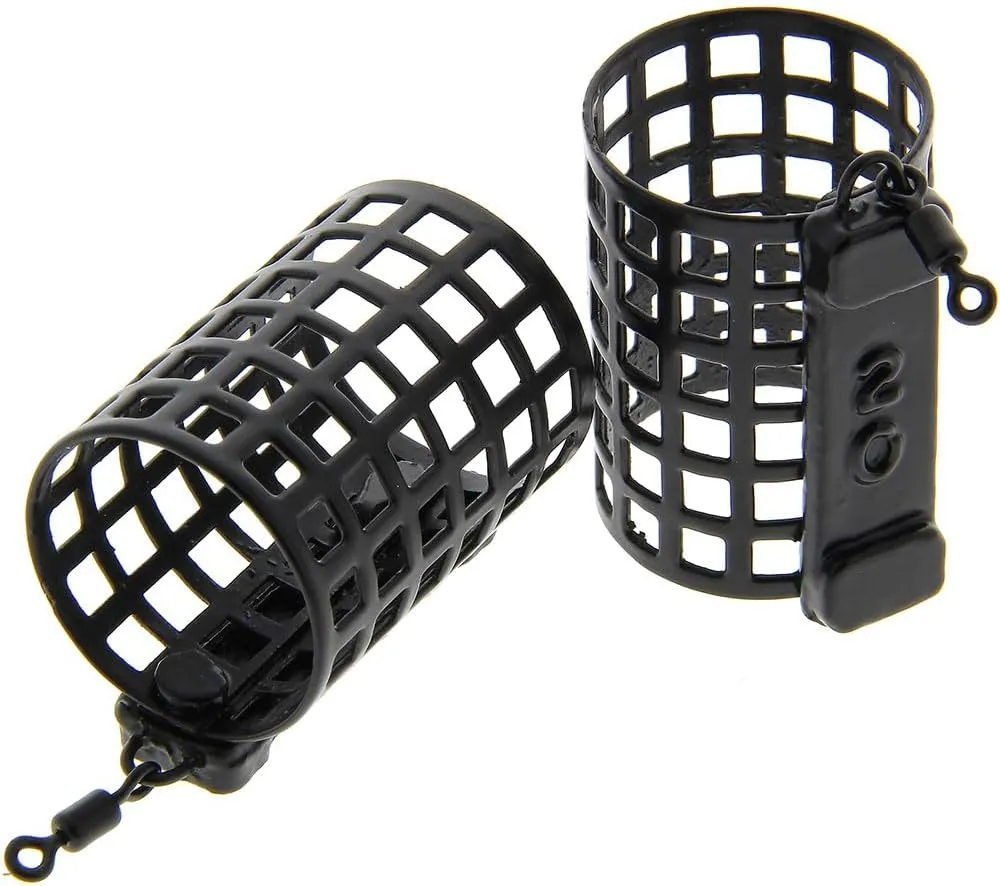
Don’t overlook jigs either. A 3/8-ounce football jig punches through wind and lets you maintain bottom contact even when waves are rocking your boat. The compact profile means less wind resistance, and you can still work it slowly when fish want a more subtle presentation.
Reading Wind-Driven Structure
Here’s where things get interesting. Wind doesn’t just make casting harder – it completely changes how fish position themselves. Understanding these patterns is like having a secret weapon.
Windblown banks become fish magnets. The wind pushes plankton, insects, and small baitfish toward these areas, creating natural feeding zones. Work parallel to these banks rather than casting straight into them – you’ll cover more water and keep your lure in the strike zone longer.
Points that face into the wind are absolute money spots. The current created by wind flow creates eddies and current breaks around these structures, and fish stack up in these ambush spots. Start shallow and work deeper until you find where they’re holding.
Protected coves on the back side of points or islands often hold fish that have moved out of the main wind. These spots can be great for a more methodical, finesse approach when you need a break from battling the elements.
Boat Positioning and Anchor Strategies
If you’re fishing from a boat, positioning becomes critical in windy conditions. Fighting the wind all day will wear you out faster than a marathon, so work smarter, not harder.
Use the wind to your advantage by drifting with it while casting to structure. This “controlled drift” technique covers tons of water efficiently and keeps your lure moving at a natural pace. Just make sure you’re drifting toward structure, not away from it.
When you need to stay put, a drift sock or sea anchor can be a game-changer. These devices slow your drift and help maintain position without constantly running the trolling motor. Your batteries will thank you, and you’ll fish more effectively.
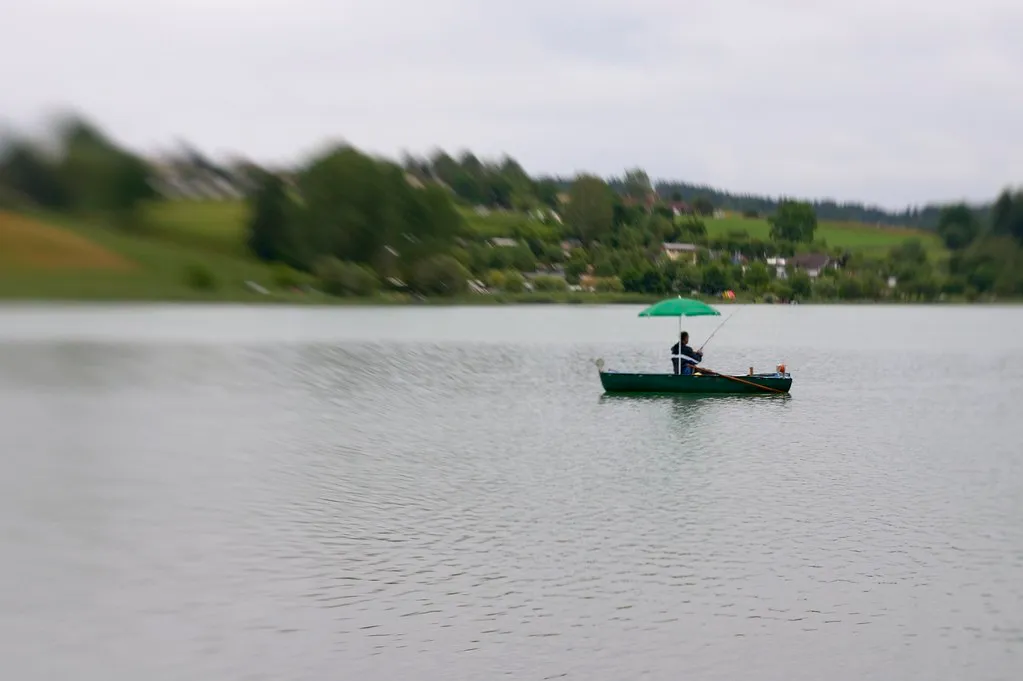
Timing Your Wind Fishing
Not all windy days are created equal. The best fishing often happens when wind first starts or when it’s beginning to die down. These transition periods seem to trigger feeding activity like nothing else.
Steady winds are usually better than gusty conditions. Fish can adapt to consistent current, but when the wind’s constantly changing direction and intensity, it tends to shut down the bite. If you’re dealing with really gusty conditions, focus on protected areas where the wind effect is minimized.
Safety First, Always
Let’s talk real quick about something that should go without saying but bears repeating – safety in windy conditions isn’t negotiable. If you’re uncomfortable with the conditions, head for shore. No fish is worth risking your life over.
Small boats get dangerous fast when waves start building. Know your limits and your boat’s limits. Keep life jackets on, tell someone where you’re going, and don’t be a hero when conditions deteriorate.
Embracing the Challenge
Look, fishing in wind isn’t always fun. Your casting accuracy suffers, your boat handling gets sketchy, and everything takes more effort. But when you start connecting with fish that are fired up by windy conditions, it all becomes worth it.
The key is shifting your mindset from fighting the wind to using it. Those windblown banks aren’t obstacles – they’re opportunities. That chop on the surface isn’t just annoying – it’s breaking up your silhouette and making fish less spooky.
Next time you see wind in the forecast, don’t automatically assume it’s going to ruin your fishing. Grab some heavier lures, practice those sidearm casts, and get ready to experience some of the most explosive fishing action you’ll see all season. The fish are biting – you just need to know how to get to them.
